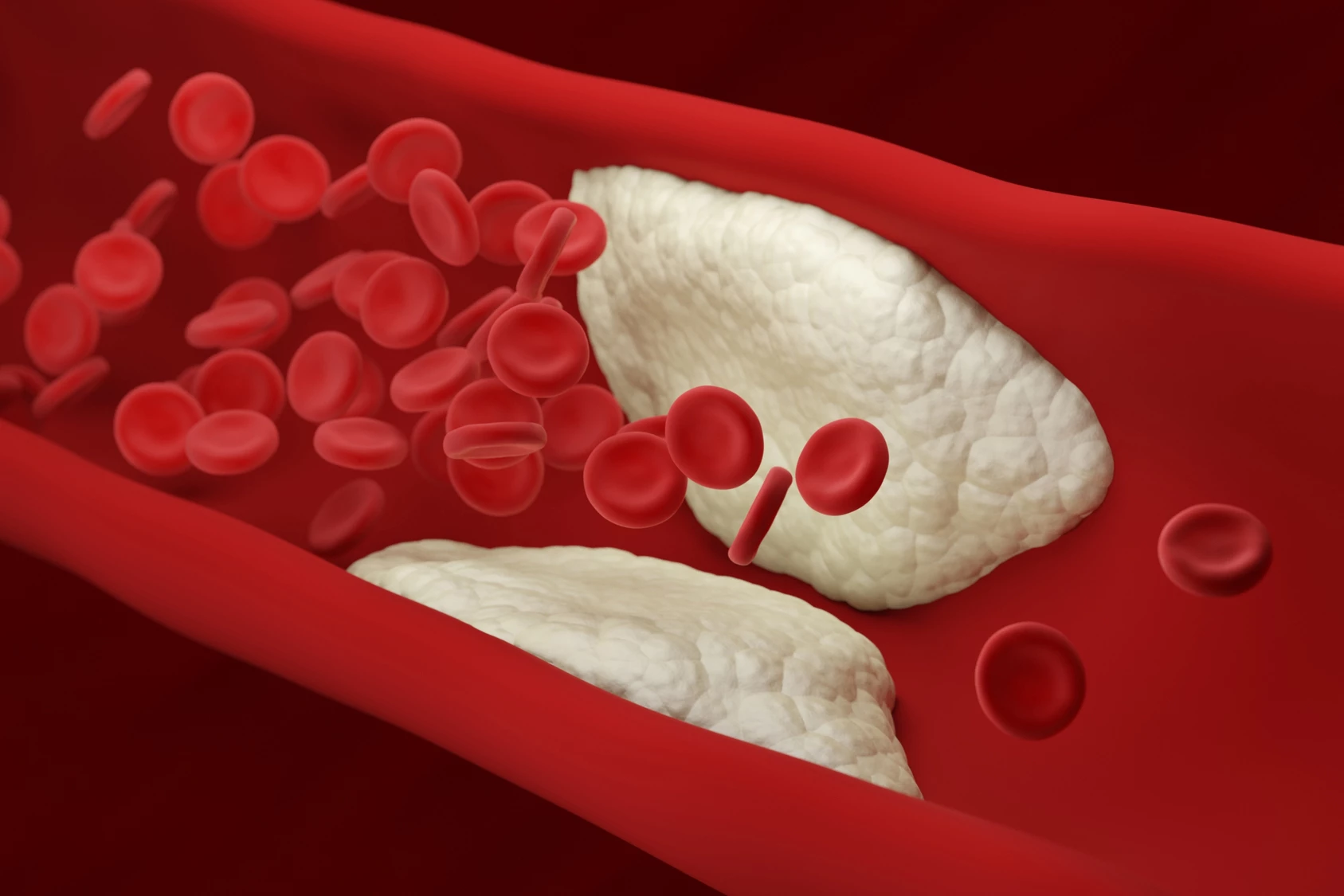Researchers have found that showing patients images of the plaque buildup in their arteries not only educates them but also provides motivation to address the risk factors associated with cardiovascular disease.
Cardiovascular disease (CVD) is the leading cause of death worldwide, responsible for an estimated 17.9 million deaths annually. Atherosclerosis is the dominant cause of CVD. It’s the buildup of plaque in the coronary arteries that limits blood flow to the heart and can lead to heart attack, heart failure and stroke.
Identifying and managing the risk factors associated with CVD is important to optimize health, but equally important is patient perception and understanding of those risk factors. For example, it is important for a person to understand why they need to eat healthily, quit smoking, take prescribed medication, and keep their blood pressure under control.
A new study by the Baker Heart and Diabetes Institute, Melbourne, and the Menzies Institute for Medical Research, Hobart, found that patients who were shown images of the plaques in their arteries were more motivated to comply with medication and address risk factors.
“This study shows that using pictures as well as conventional risk information is helping to bridge a person’s knowledge gap and to improve adherence to both medication and lifestyle change,” said Tom Marwick, corresponding author of the study.
The research analyzed six randomized controlled studies involving more than 7,000 patients and is, according to the researchers, the first to determine whether patient visualization improved their risk score and individual risk factors. The studies used coronary artery calcium scans to check for calcium deposits in the arteries or ultrasound to detect early atherosclerosis.
The researchers found that showing patients images of the calcium or plaque buildup in their arteries not only educated them, but also motivated them to change their lifestyle to address risk factors. Marwick and team saw significant reductions in low-density lipoprotein (‘bad’ cholesterol) and total cholesterol levels and blood pressure.
A lack of understanding or low motivation can make people complacent about their condition, the researchers say, which can be dangerous.
“It can be difficult to get a person who feels completely well to take tablets every day to reduce their cardiac risk,” Marwick said. “But once you can show people that the blood vessels are damaged, they realize that it’s not about controlling a risk factor that may never cause a problem – it’s about treating a disease that has actually started.”
The researchers say that the study’s findings demonstrate the importance of engaging the patient in the process of diagnosis and treatment.
“Cardiac imaging is a critical diagnostic tool for cardiologists but this study demonstrates it may also have a much broader use to facilitate communication and understanding,” said Marwick. “I hope that studies like this may help to justify the wider use of heart imaging like coronary artery calcium scans at a population-based level.”
The study was published in the journal JACC: Cardiovascular Imaging.





